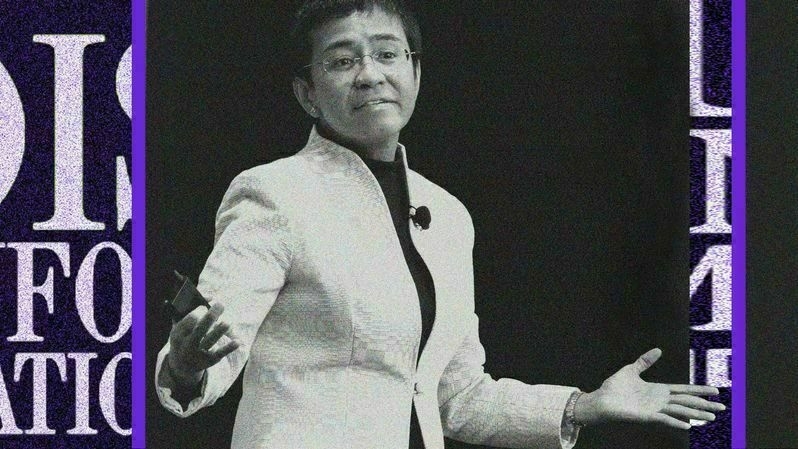Mainstream social media is a behaviour-modification system
A couple of years ago I would have said that this analogy of an atom bomb being exploded over our information ecosystem is a bit extreme. Not now.
I’ve said this over and over, that, really, this is like when 140,000 people died instantly in Hiroshima and Nagasaki. The same thing has happened in our information ecosystem, but it is silent and it is insidious. This is what I said in the Nobel lecture: An atom bomb has exploded in our information ecosystem. And here’s the reason why. I peg it to when journalists lost the gatekeeping powers. I wish we still had the gatekeeping powers, but we don’t.Source: Maria Ressa: How Disinformation Manipulates Elections | The AtlanticSo what happened? Content creation was separated from distribution, and then the distribution had completely new rules that no one knew about. We experienced it in motion. And by 2018, MIT writes a paper that says that lies laced with anger and hate spread faster and further than facts. This is my 36th year as a journalist. I spent that entire time learning how to tell stories that will make you care. But when we’re up against lies, we just can’t win, because facts are really boring. Hard to capture your amygdala the way lies do.
[...]Today we live in a behavior-modification system. The tech platforms that now distribute the news are actually biased against facts, and they’re biased against journalists. E. O. Wilson, who passed away in December, studied emergent behavior in ants. So think about emergent behavior in humans. He said the greatest crisis we face is our Paleolithic emotions, our medieval institutions, and our godlike technology. What travels faster and further? Hate. Anger. Conspiracy theories. Do you wonder why we have no shared space? I say this over and over. Without facts, you can’t have truth. Without truth, you can’t have trust. Without these, we have no shared space and democracy is a dream.
